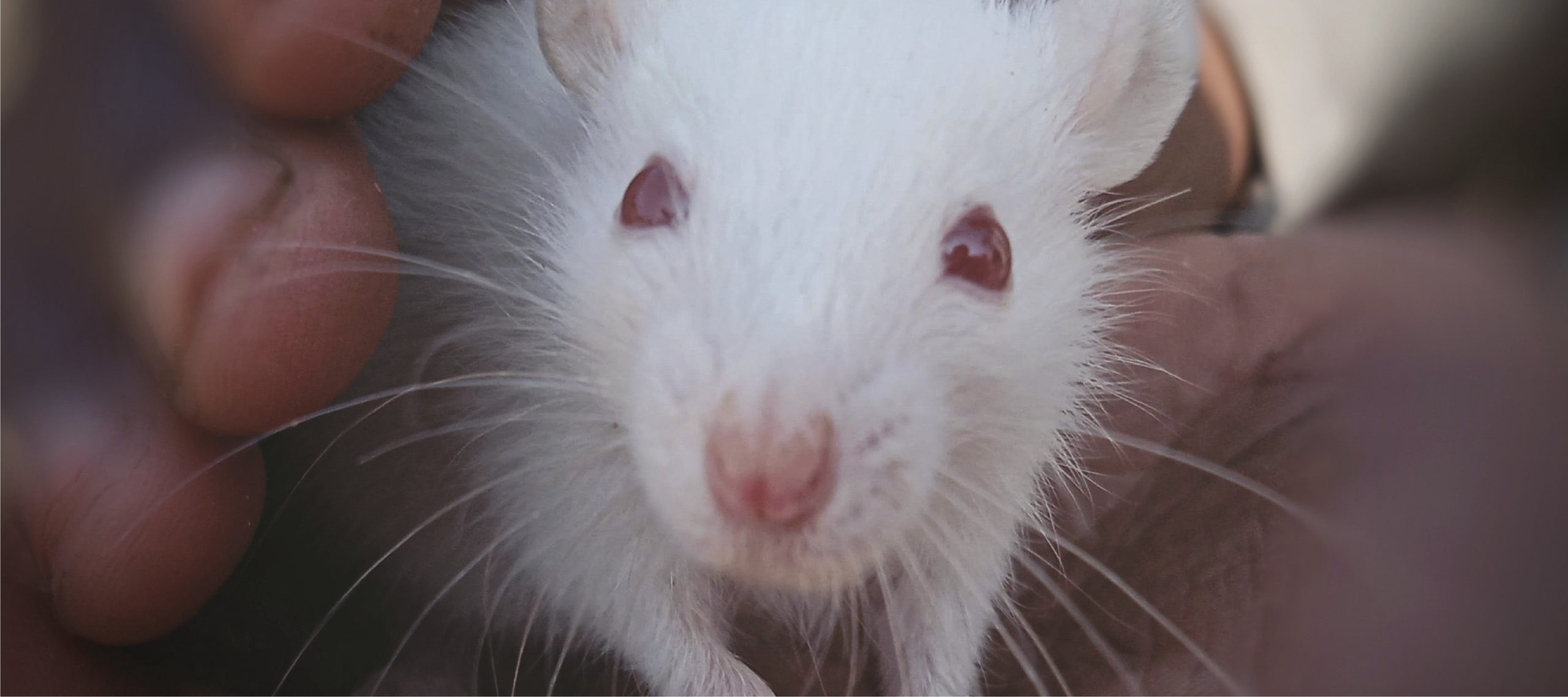
Animal Research:
Toxicity Testing
Animal Carcinogenicity Testing
Animal Carcinogenicity Studies:
1. Poor Human Predictivity
Abstract
Knight A, Bailey J, and Balcombe J (2006). Animal carcinogenicity studies: 1. poor human predictivity. Altern Lab Anim, 34(1), 19-27.
Animal Carcinogenicity Studies:
2. Obstacles to Extrapolation of Data to Humans
Abstract
Knight A, Bailey J, and Balcombe J (2006). Animal carcinogenicity studies: 2. obstacles to extrapolation of data to humans. Altern Lab Anim, 34(1), 29-38.
Animal Carcinogenicity Studies:
3. Alternatives to The Bioassay
Abstract
Knight A, Bailey J, and Balcombe J (2006). Animal carcinogenicity studies: 3. alternatives to the bioassay. Altern Lab Anim, 34(1), 39-48.
Summaries: Animal Carcinogenicity Testing
Animal Carcinogenicity Studies:
Implications for The REACH System
This study recieved an award at the 13th Congress on Alternatives To Animal Testing, Linz, Austria, 2006
( the premier European conference in the field).
Knight A, Bailey J and Balcombe J (2006). Animal carcinogenicity studies: implications for the REACH system. Altern Lab Anim, 34(Suppl 1), 139-147.
Which drugs cause cancer?
Animal tests yield misleading results
Knight A, Bailey J and Balcombe J (2005). Which drugs cause cancer? Animal tests yield misleading results. BMJ USA, 331, E389-E391.
Animal Teratogenicity Testing
The Future of Teratology Research is in vitro
Abstract
Bailey J, Knight A and Balcombe J (2005). The future of teratology research is in vitro. Biog Amines, 19(2), 97-146.
Summary: Animal Toxicity Testing
